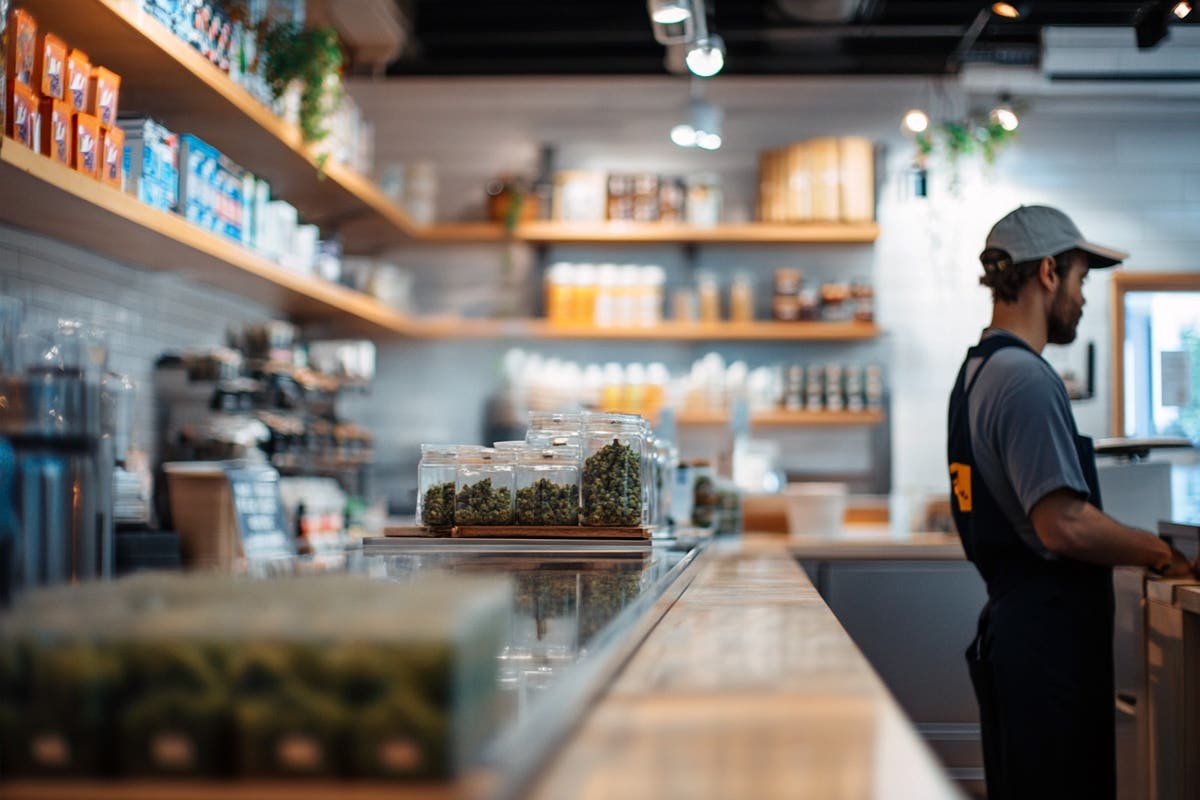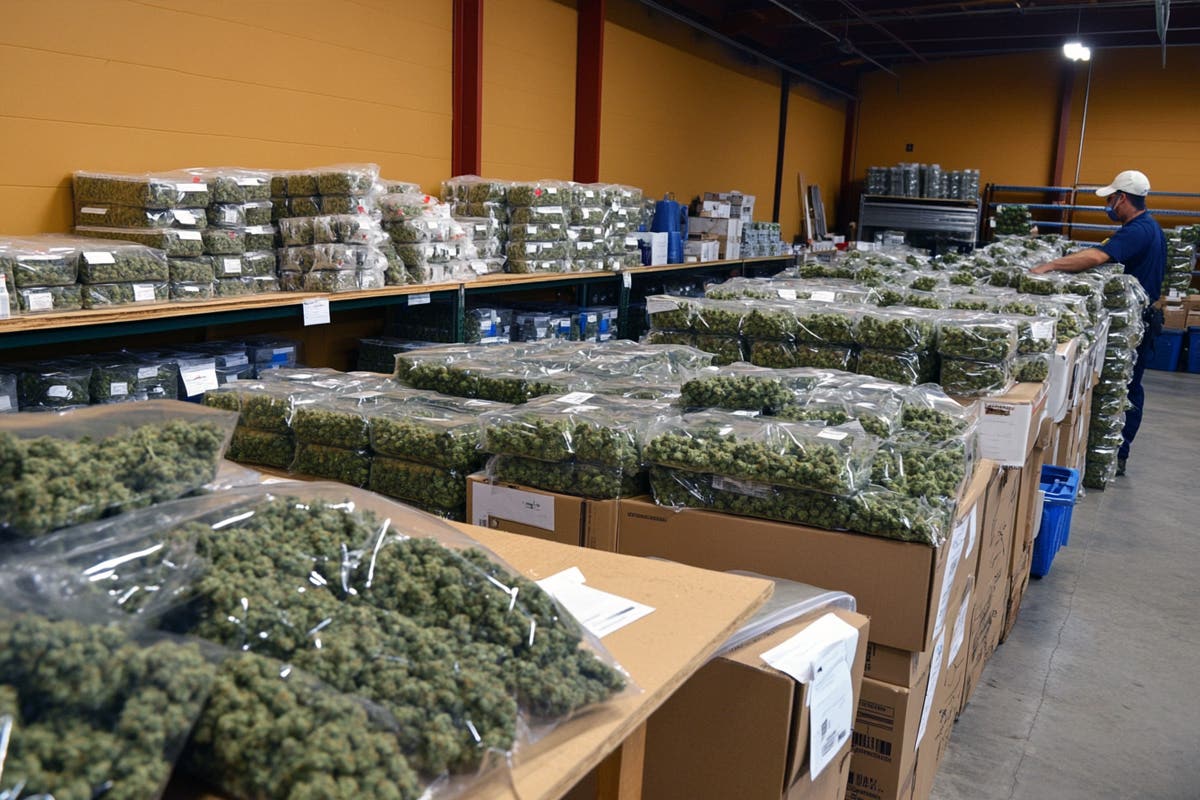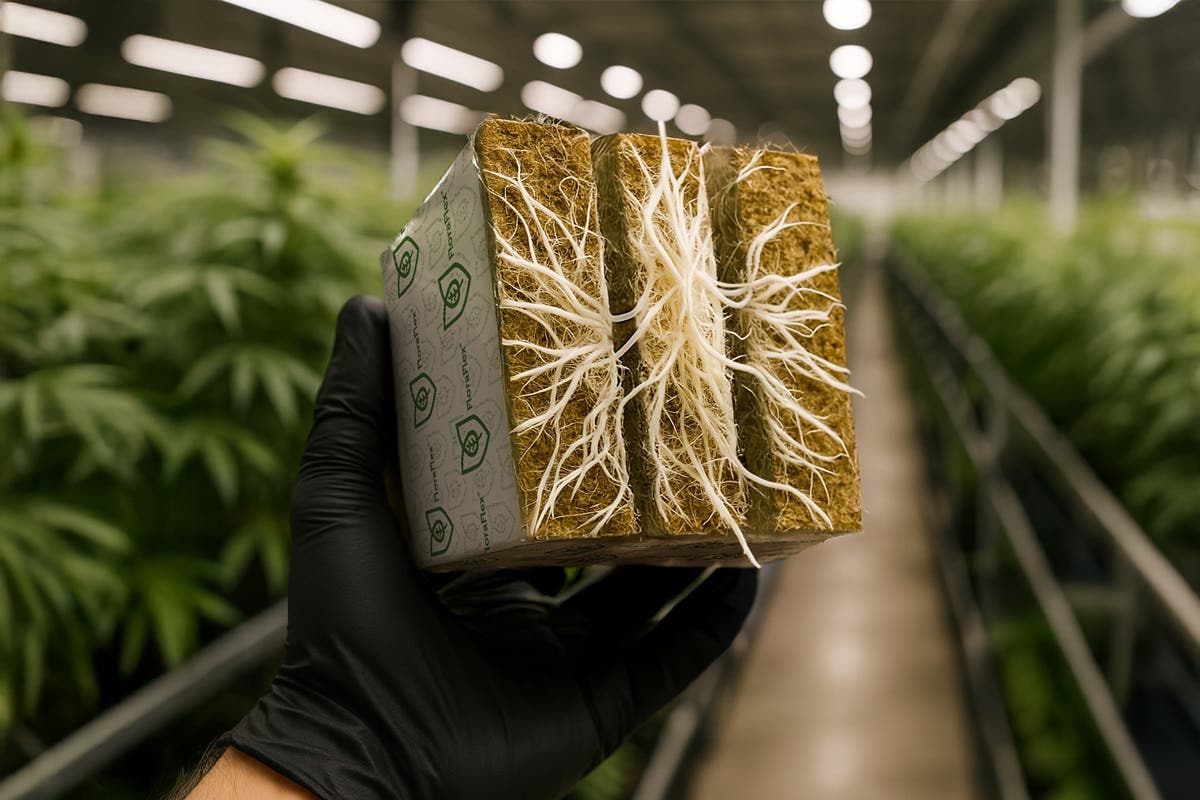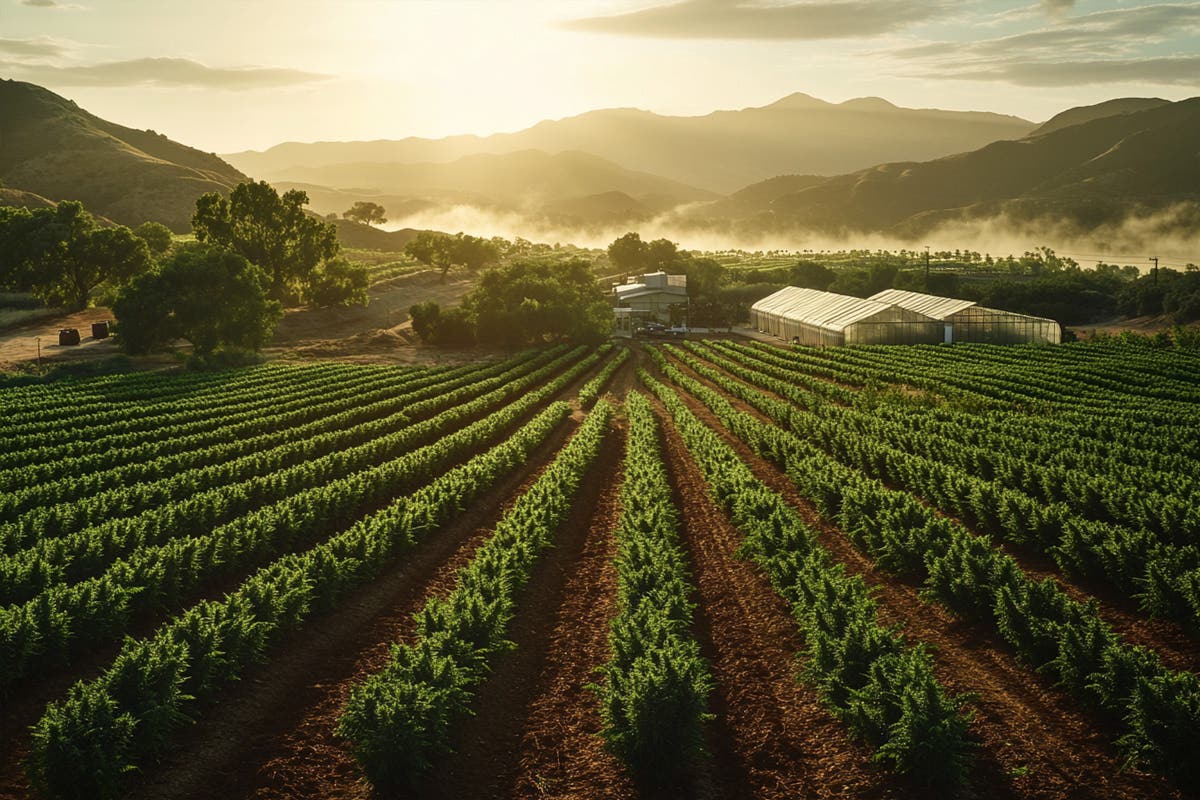1. Pruning Techniques
Pruning involves the selective removal of specific plant parts to encourage desired growth patterns and enhance overall plant health. Here are some common pruning techniques for cannabis clones:
- Top Pruning: Removing the top part of the main stem or the terminal bud encourages lateral growth and the development of multiple colas. This technique helps create a bushier plant with more potential bud sites.
- Selective Branch Removal: Identifying and removing lower or inner branches that receive insufficient light or hinder airflow can improve light distribution and prevent potential pest or disease issues.
- Leaf Stripping: Removing large fan leaves that overshadow lower bud sites can improve light penetration and airflow, promoting better bud development.
Proper pruning techniques allow growers to control the shape and structure of cannabis clones, resulting in healthier plants with increased bud production.
2. Training Techniques
Training techniques involve physically manipulating the plant's structure to create an even canopy and encourage lateral growth. Here are some effective training techniques for shaping cannabis clones:
- Topping: Similar to top pruning, topping involves removing the top growth to stimulate lateral branching. This technique results in a more bushy and balanced plant structure.
- LST (Low-Stress Training): LST involves gently bending and tying down the branches to create a more horizontal growth pattern. This technique helps create an even canopy, promotes light distribution, and encourages more bud development.
- SCROG (Screen of Green): A SCROG setup involves placing a screen or net above the plants and weaving the branches through it. This technique helps create an even canopy and maximizes light exposure to all bud sites.
Training techniques allow growers to shape cannabis clones to maximize their yield potential and create an efficient use of available grow space.
3. Timing and Considerations
Timing is crucial when applying pruning and training techniques to cannabis clones. Consider the following factors:
- Vegetative Stage: It is generally recommended to apply pruning and training techniques during the vegetative stage when the plants are actively growing and can recover quickly from the stress.
- Recovery Time: Allow sufficient time for the plants to recover before initiating the flowering stage. This ensures that the plants can redirect their energy towards bud production.
It's important to note that each strain may respond differently to pruning and training techniques, so it's essential to observe and adjust accordingly.
4. Care and Maintenance
Proper care and maintenance are essential to support the health and growth of cannabis clones after pruning and training. Consider the following:
- Support Structures: Install stakes or trellises to provide support to branches that may become heavy with buds.
- Regular Inspections: Monitor the plants for any signs of stress, nutrient deficiencies, or pests, and take appropriate actions as needed.
- Adjustments: Continuously evaluate the plant's growth and make necessary adjustments to ensure optimal shape and structure.
By providing attentive care and making necessary adjustments, you can shape your cannabis clones effectively and promote their overall health and productivity.
Remember, pruning and training techniques should be done with care and precision. Each plant is unique, so it's important to observe and adapt the techniques based on the specific characteristics and needs of your cannabis clones.















